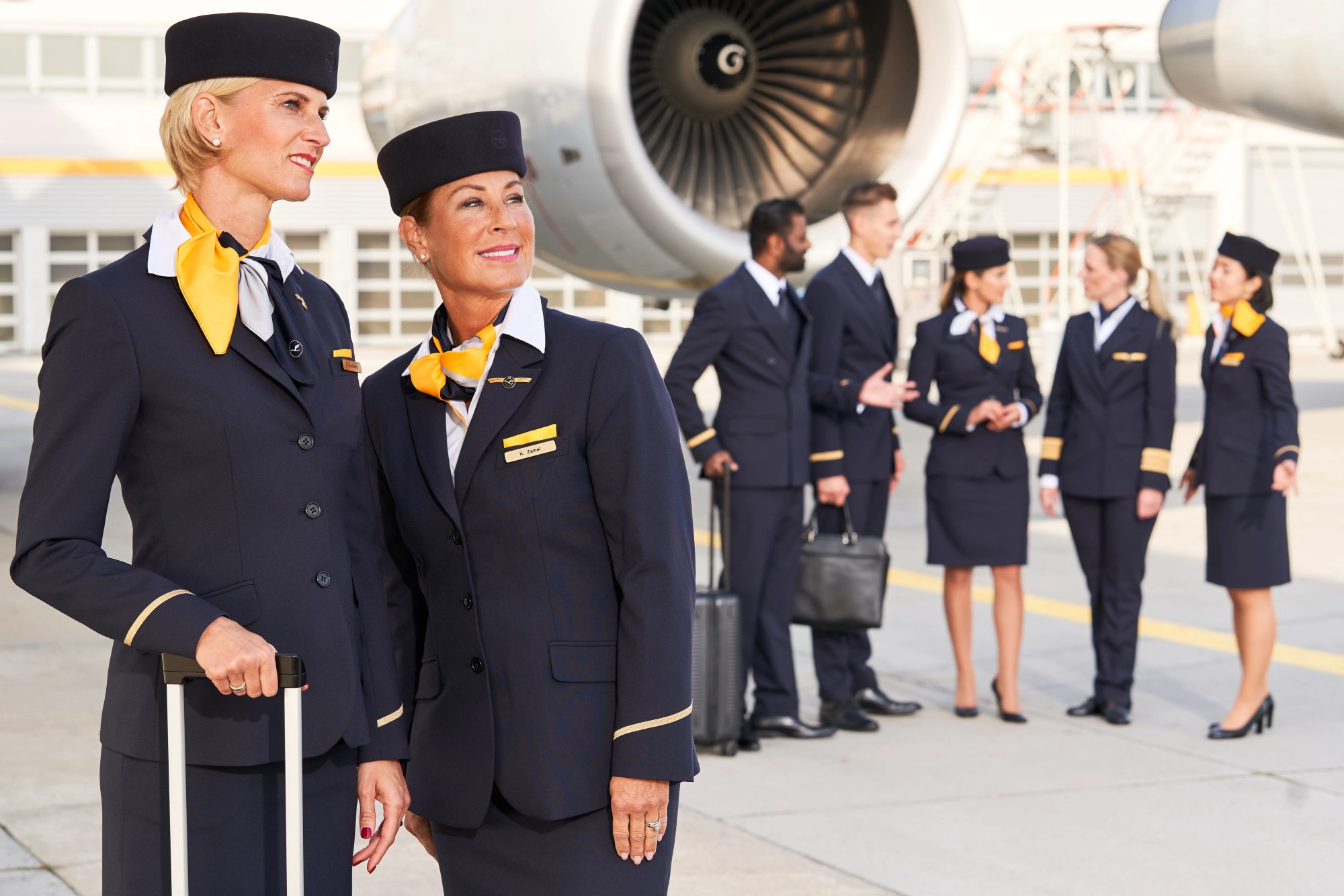
Flight crew members play a critical role on commercial aircraft. Beyond handing out beverages and in-flight meals, they are crucial in ensuring operational and passenger safety. Virtually all travelers take for granted the presence of flight attendants. Although we will generally learn to recognize the faces of those responsible for our section of the cabin, particularly on a long-haul flight, most of us would be hard-pressed to say how many crew there were on the plane. Let’s take a look at the requirements for the minimum number of flight crew required on board commercial flights.
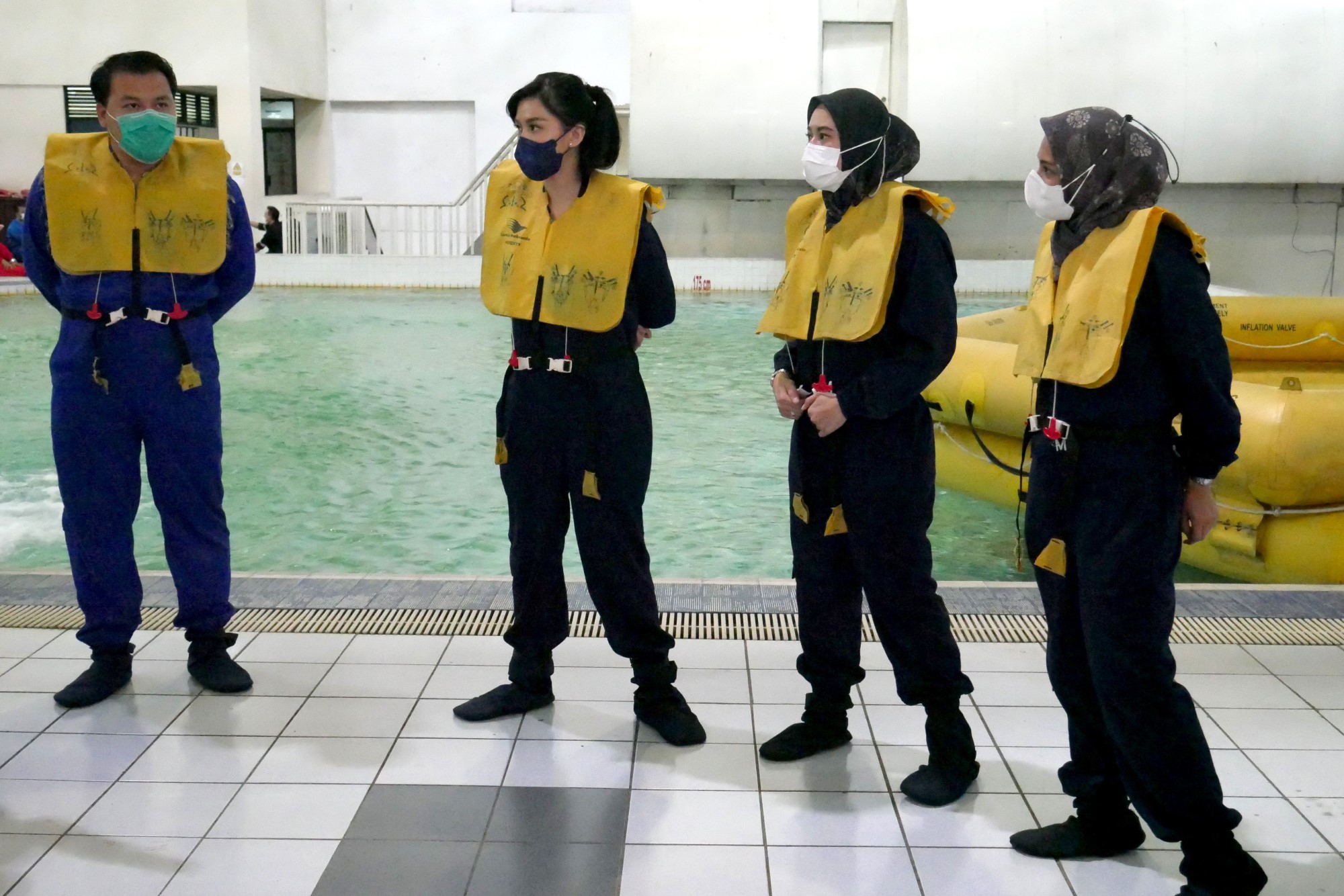
Flight attendants are responsible for safely evacuating the aircraft in case of an emergency. (Photo: Getty Images)
In case of evacuation
One of the main reasons that a minimum number of cabin crew are required is that these individuals are essentially responsible for the successful evacuation of aircraft. This means they and their numbers are fundamental to the safe operation of any jetliner anywhere in the world.
As is often the case in the airline industry, the number of cabin crew required on a particular aircraft is subject to various conditions and international legal requirements. Both of these factors can differ quite significantly, depending on the jetliner in operation, along with the region of jurisdiction.
The International Civil Aviation Organization (ICAO) has put together guidance related to the safe and expeditious evacuation of aircraft. This is contained in a document the organization refers to as the ICAO Standards and Recommended Practices.
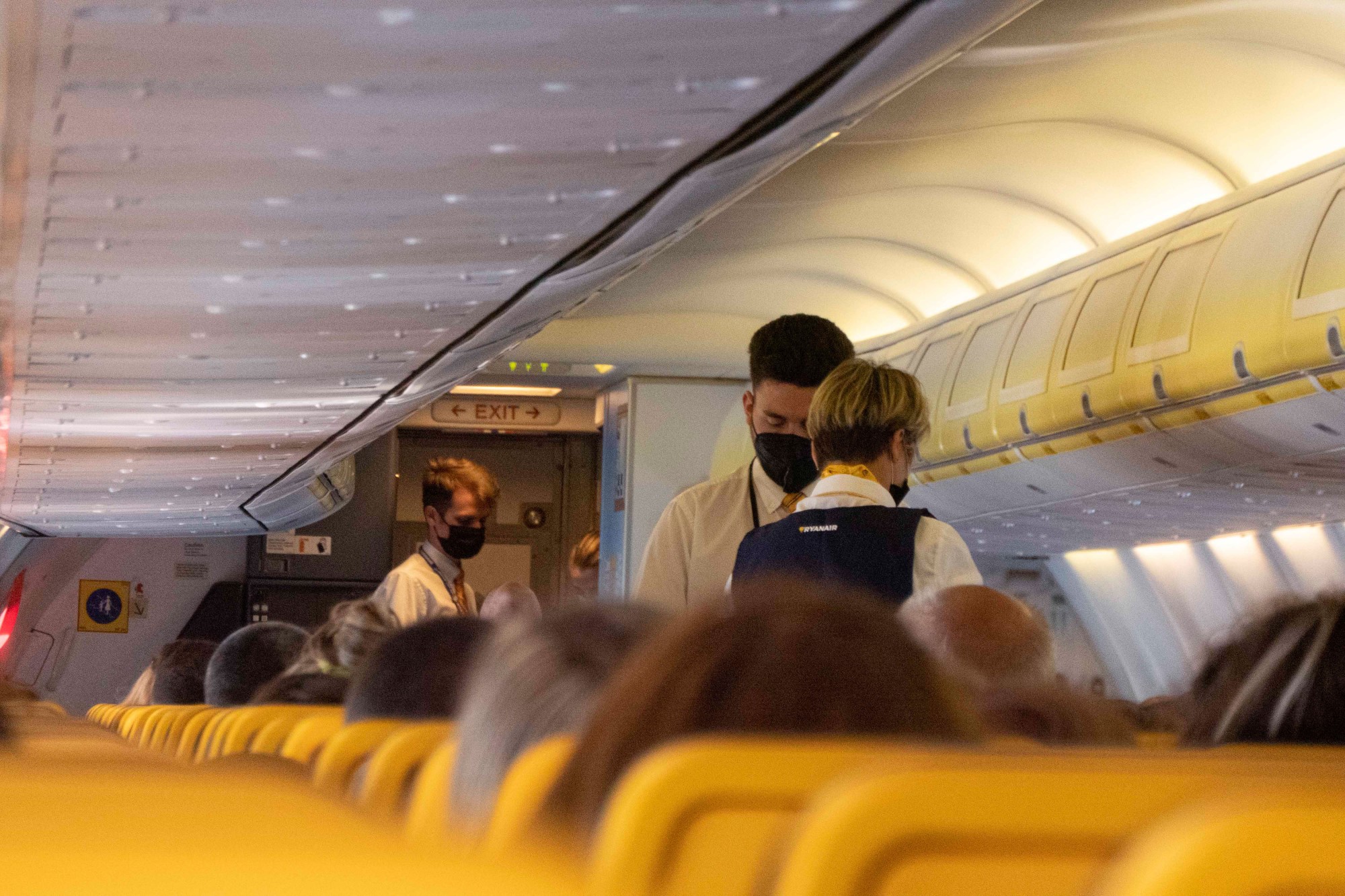
Cabin crew are responsible for much more than in-flight meal service. (Photo: Getty Images)
However, as the organization notes, this document does not provide a strict numeric value. Instead, carriers must approve the amount of crew in each aircraft via the operator’s country’s regulators. Meanwhile, ICAO states that the ratio of cabin crew members to passengers and exits should be a central area of concern. Still, as mentioned, it does not provide specific stipulations regarding the number of cabin crew that have to be onboard an aircraft.
Different rules in different regions
Of course, that’s not the end of the story. Several other regulators are involved in the airline industry, each of which has different rules regarding cabin crew numbers. According to the European Union Aviation Safety Agency (EASA), the minimum number of cabin crew should be established during the certification process of every aircraft. However, this is open to negotiation based on several legal considerations.
There are regulations relating to how this number should be decided and where it should be recorded once a figure has been established. But again, there are no hard and fast rules regarding precisely what number of cabin crew should be onboard a particular aircraft.
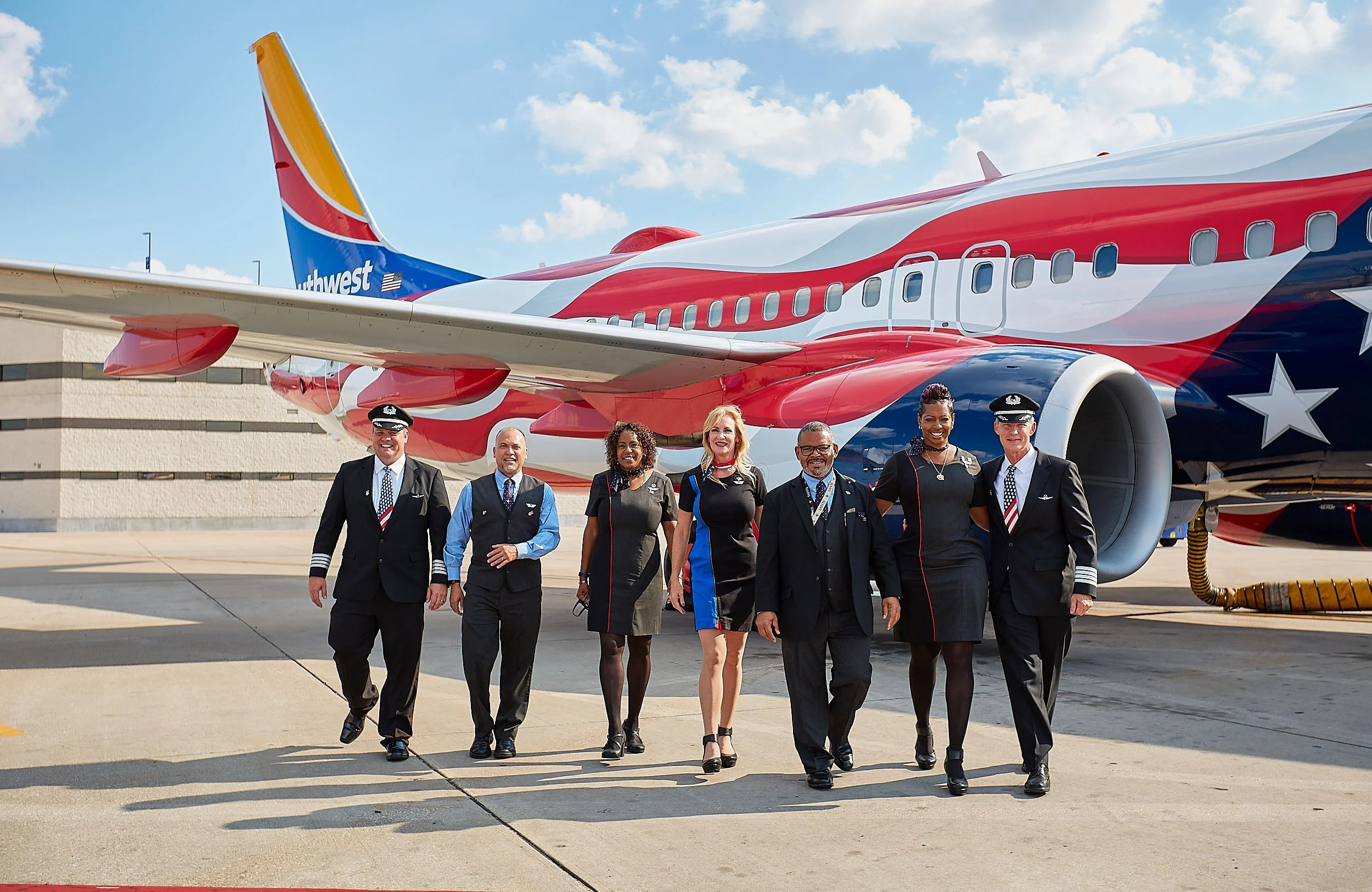
The numbers can differ from region to region. (Photo: Southwest Airlines)
However, the Federal Aviation Administration (FAA) in the US does make specific stipulations in this area. Again, the organization is keen to emphasize that the amount of cabin crew placed on any aircraft should depend on the airplane’s size and weight, along with the total capacity of passengers involved.
There are, however, precise figures in the FAA guidelines, with each carrier required to provide at least a minimum number of flight attendants onboard each passenger-carrying aircraft. This number depends on the length of the flight, the number of passengers, and a few other key factors.
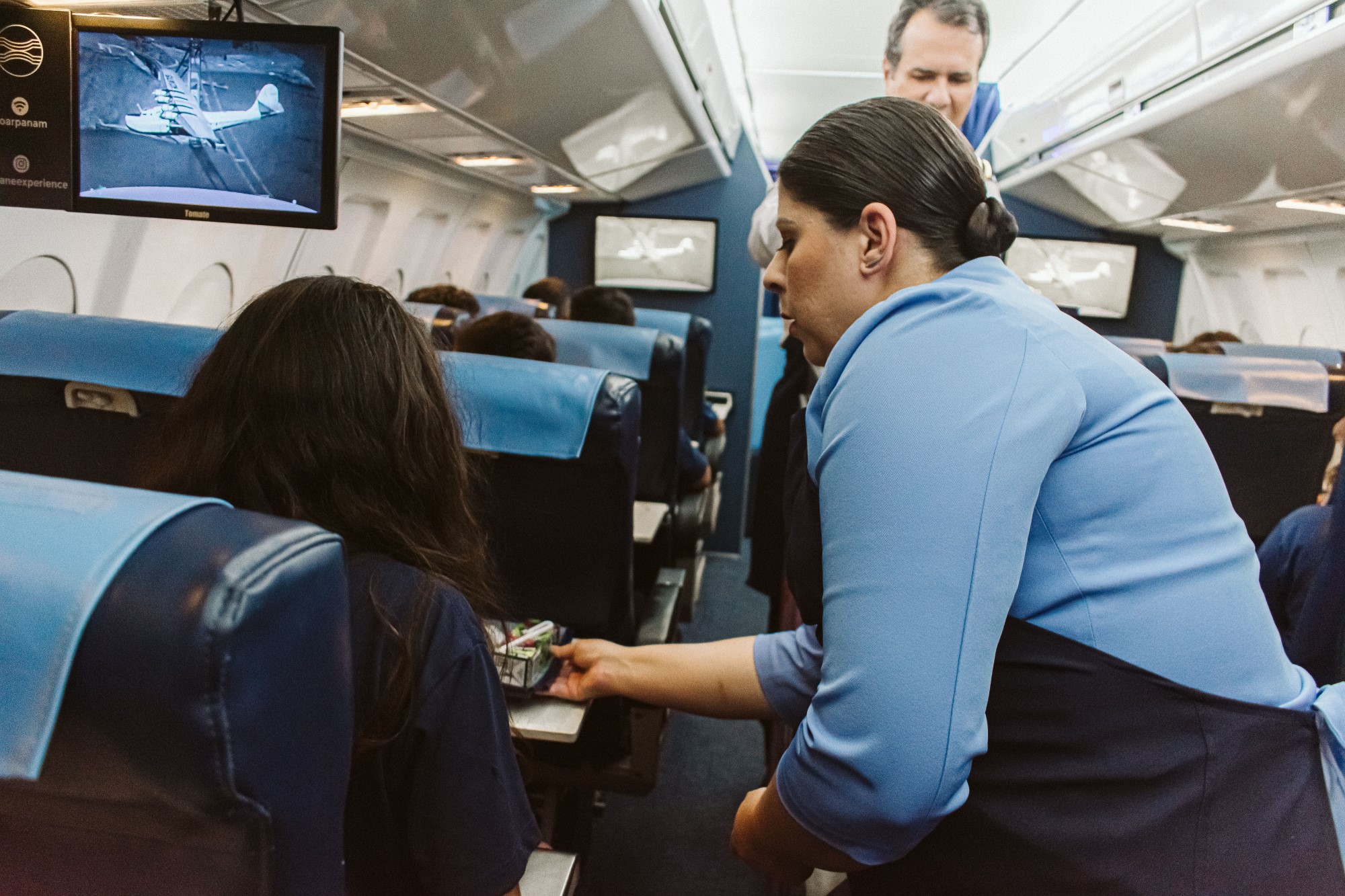
Smaller regional jets require two flight attendants according to the FAA. (Photo: Lukas Souza | Simple Flying)
FAA guidelines
The FAA regulations are as follows:
- Airplanes with a maximum payload capacity of more than 7,500 pounds, and a seating capacity between nine and 51 passengers, require one flight attendant.
- Airplanes with a maximum payload capacity of 7,500 pounds or less, and a seating capacity between 19 and 51 passengers, require one flight attendant.
- Airplanes that have a seating capacity of between 50 and 101 passengers, such as an ATR 72 turboprop with 69 seats) require two flight attendants.
- Airplanes with a seating capacity above 100 passengers require two flight attendants, plus one additional flight attendant for each unit of 50 passenger seats above a seating capacity of 100 passengers; i.e., 150 passengers would require three flight attendants, 200 passengers would require four flight attendants, etc.
This would mean that the most significant capacity aircraft, the Airbus A380, with a typical seating of somewhere above 500 passengers, requires at least ten cabin crew, according to the FAA. While these regulations do not apply across the board in all locations, they can nevertheless be considered a rough guide to likely requirements on any commercial flight.
Cre: Simple Flying
Nguyen Xuan Nghia – COMM







